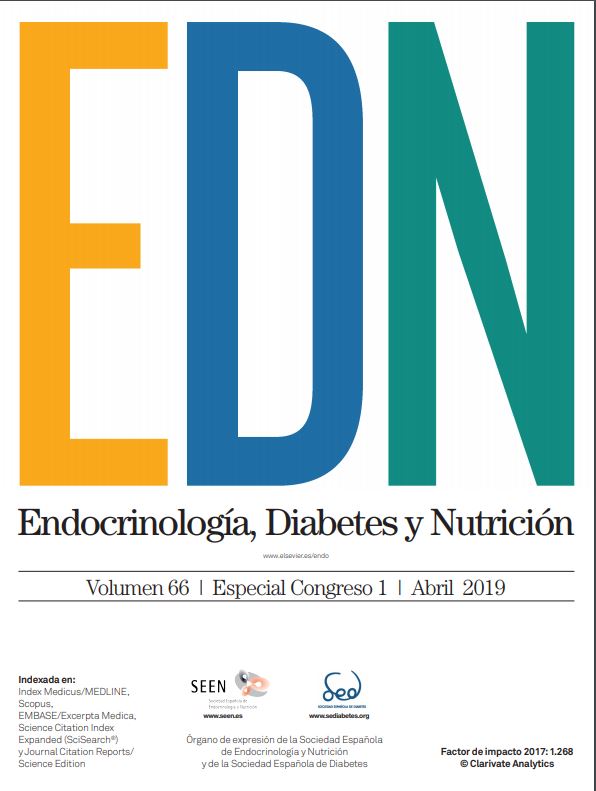P-058 - ESTIMATING THE RISK OF GESTATIONAL DIABETES MELLITUS (GDM) BEFORE PREGNANCY AND IN EARLY PREGNANCY: A PREDICTION MODEL BASED ON SUSCEPTIBILITY GENETIC VARIANTS
aPatia Europe, Donostia-San Sebastián. bUniversidad Nacional Autónoma de México, Ciudad de México. cHospital de la Santa Creu i Sant Pau, Barcelona.
Introduction: Early and precise risk prediction for gestational diabetes mellitus (GDM) would facilitate early intervention and potentially its prevention. Estimation of GDM risk is currently primarily based on women clinical characteristics. More objective markers to identify women at high risk for the development of GDM are needed to allow a more precise and early risk estimation.
Objectives: To develop a clinical prediction tool that can help the clinician identify women at risk for GDM before pregnancy and early in pregnancy in order to accelerate preventive interventions. We evaluated single nucleotide polymorphisms (SNPs) predictors to develop a pre-pregnancy and first-trimester risk prediction model.
Methods: We genotyped 35 SNPs in 912 pregnant women, 399 with GDM and 513 non-GDM controls. DNA was obtained from samples in the Vitamin D and Lifestyle Intervention (DALI) Europe-wide controlled trial for GDM prevention. The 35 SNPs were selected for analysis based on their previously shown association to: a) type 2 diabetes, or b) GDM, or c) body mass index (BMI), or d) folate and vitamin B12 metabolism. Genotyping was performed using Agena Bioscience iPLEX chemistry. A multivariable logistic regression model was developed in which SNPs genotypes were combined to predict the occurrence of GDM (IADPSG criteria were used in the DALI study).
Results: The SNPs with the highest association to GDM in the current study reside in genetic loci associated to fasting glucose and folate metabolism. We investigated the effect of those genetic variants upon the time GDM takes to develop along the weeks of pregnancy and developed a risk prediction model over weeks of gestation. The performance of the model was evaluated with receiver operating characteristic (ROC) curves of the calculated cumulative hazards. The area under the curve (AUC) obtained was 0.87.
Conclusions: A new tool for GDM risk prediction is presented, which suggests that the utilization of genetic markers in combination with clinical characteristics may improve accuracy of GDM risk evaluation and, facilitate the adoption of prevention interventions within the critical time window for GDM prevention.







